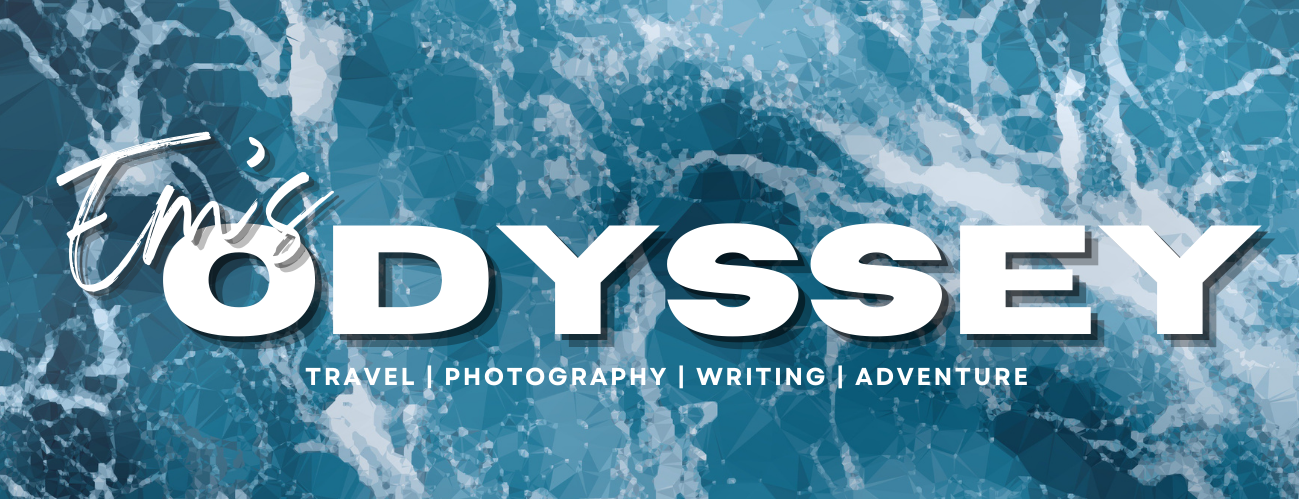
Discovering The Wild Horses of Northland, New Zealand
If you told me as a kid that I’d one day be living where wild horses can be found an hour and half north of my home, I would have fainted on the spot. There’s a long beach at the top of New Zealand known as “90 Mile Beach.” Fun fact: It’s not 90 miles – it’s actually around 55 miles, or 88km. Though it certainly feels long when in each direction the beach just fades into haze.
The story goes that the early European settlers named it as they knew their horses could travel up to 30 miles in a day….Unfortunately, they didn’t account for the slower pace of travelling on sand.
90 Mile Beach is considered a highway, and I can guarantee you will always find cars zooming past, or fishing lines strung out the boot of someone’s old 4WD.
However, the reason I’m writing this post is in appreciation of the resident wildlife of this beach, that I have been lucky enough to photograph three or four times.
Wild horses roam the dunes and the nearby ‘Aupouri Forest.’ Even though I live somewhat close to these herds, I’d never actually seen wild horses in New Zealand until a few years ago. The more well known Kaimanawa horses can be found further south towards the center of New Zealand.
The horses of the north are known as the Aupouri wild horses, after the forest they live in and around. Following a road called ‘Hukatere Road‘ near Pukenui north of Kerikeri will take you in towards the beach. The herds are often roaming just beyond the dunes above the beach.
The first time my family and I went to find them, my brother and I initially explored up over a dune just to see what was on the other side and ended up spotting three horses from the top. There was a grey mother and foal, as well as a beautiful black stallion, pictured below.

We continued walking towards them as we realised how comfortable they were with our presence. As you can see from the photo above, I got about 5 metres away from this impressive stallion.
To my surprise he barely put his head up from the grass when we approached. It was nothing like the movies of bronco-type behaviour. Once we’d spotted these three, heaps more started popping up over the surrounding dunes. It wasn’t long until we could see between five to ten in every direction, from foals to fully grown horses.




Though the horses themselves were relatively easy to get shots of, I had 75-300mm lens on (I usually shoot with an 18-135mm). This increased the camera shake, making a few of my longer range photos blurry. It was an overcast day as well, and it ended up raining while I was out there. The best photos I shot were at a focal length of about 200mm. I also had my White Balance set to cloudy for most of the shots which helped give a warmer tone.

All in all, it was a super cool day, and I definitely plan on going back for a take two. I’ve heard some people haven’t been so lucky, so I’m really happy I even got the opportunity at all.
“The head was that of the wildest of all wild creatures—a stallion born wild—and it was beautiful, savage, splendid. A stallion with a wonderful physical perfection that matched his savage, ruthless spirit.”
― Walter Farley, ‘The Black Stallion’
Interested in learning more about photography? Start here, with ‘Basics of Aperture’.
If you’re interested in learning some astrophotography, start here!
Happy snaps!
FOLLOW ME ON INSTAGRAM here





